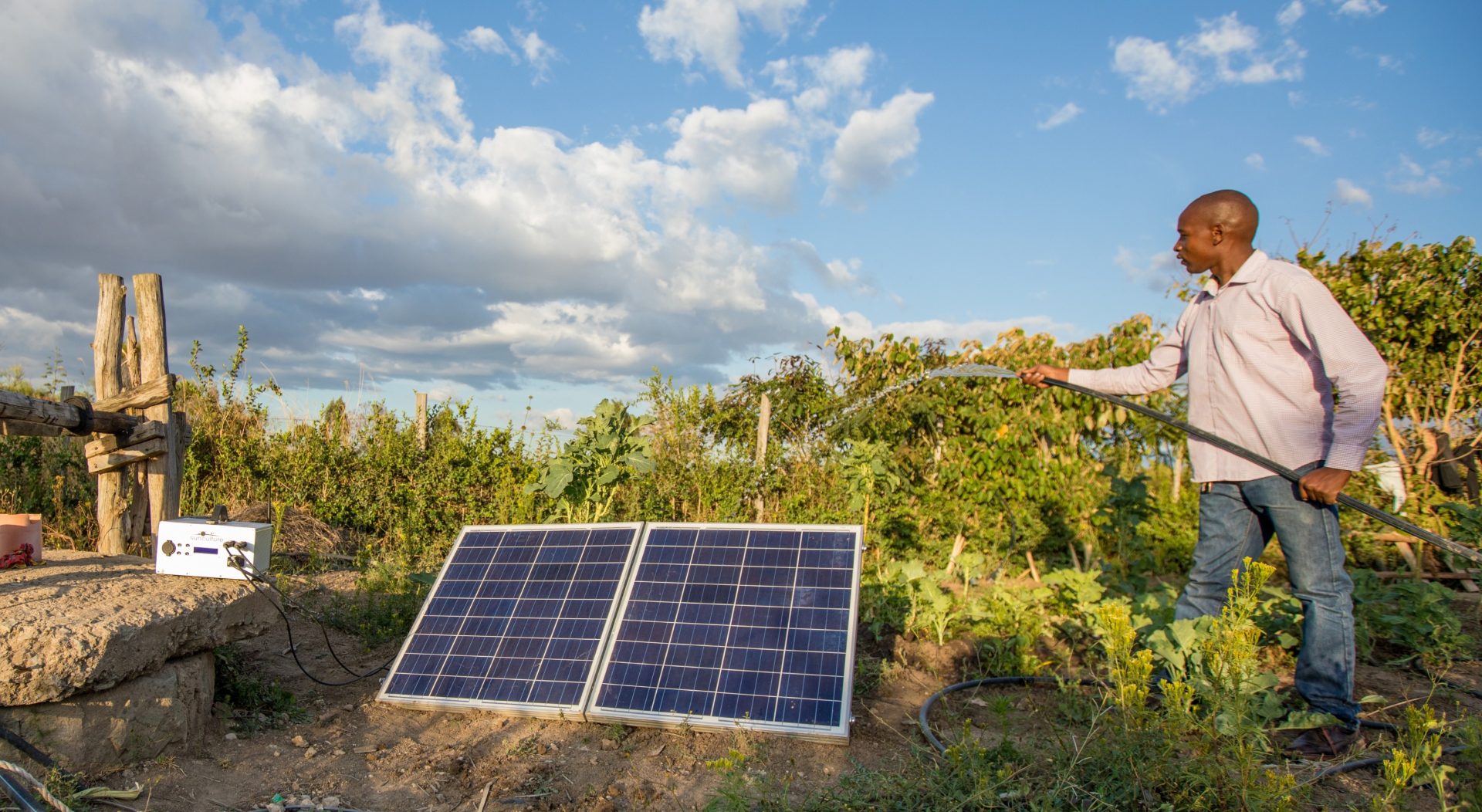With a population of 1.4 billion, India is one of the largest, most diverse and rapidly growing countries in the world. It also has one of the largest populations living in poverty. With a current portfolio value at over $2 billion invested – directly and indirectly – across over 300 companies, India is our largest single country portfolio. British International Investment (BII) therefore thought it was critical for us to understand not only who we are reaching through our investments, but also what impact they are experiencing.
Historically, we have prioritised investing in states in India where investment was hardest and our core focus was on creating jobs. Our current strategy – which runs from 2022 to 2026 – has three impact objectives: productive, sustainable, and inclusive development. Our definition of inclusion is multifaceted, but its core goal is improving the lives of those with lower standards of living.
This study takes a deeper look at the portfolio we built in the previous strategy, to better understand the socio-economic characteristics of the people we were reaching, but also to gain a more nuanced assessment of the impact they experienced. And because we are always looking for ways to improve and maximise our impact, we also asked how our investees could better meet their needs. The insights we drew were invaluable in helping us to better define what we mean by inclusive investments and how we can be most effective in reaching low-income people in our current strategy.
This was an extraordinary exercise, which involved dozens of companies and fund managers, and thousands of suppliers, employees and customers willing to share their own experiences. We couldn’t have done this without their input and the help of our measurement partner, 60 Decibels, which worked tirelessly to hear from those most impacted by our investments and gather their views. As the largest impact dataset on our India portfolio, the data provides a rich and nuanced picture of our impact. It reveals opportunities for inclusive investments across sectors and types of stakeholders. It shows our investments have a real-life impact on people, improving their quality of life and incomes. And it enables us to hear the voices of those whose lives we are seeking to change.
The data has also been instrumental in defining how we think about inclusivity in this strategic period. It is also improving our decision-making for how we maximise this aspect of our strategy which will enable us to continue enhancing our impact in the coming years. This report highlights the main insights from this study and key opportunities for investors who, like us, are looking to deliver impact through investments in inclusive businesses. We are sharing this study for others to learn from our experience, and hope it will help strengthen approaches to inclusion across the impact investing community.











